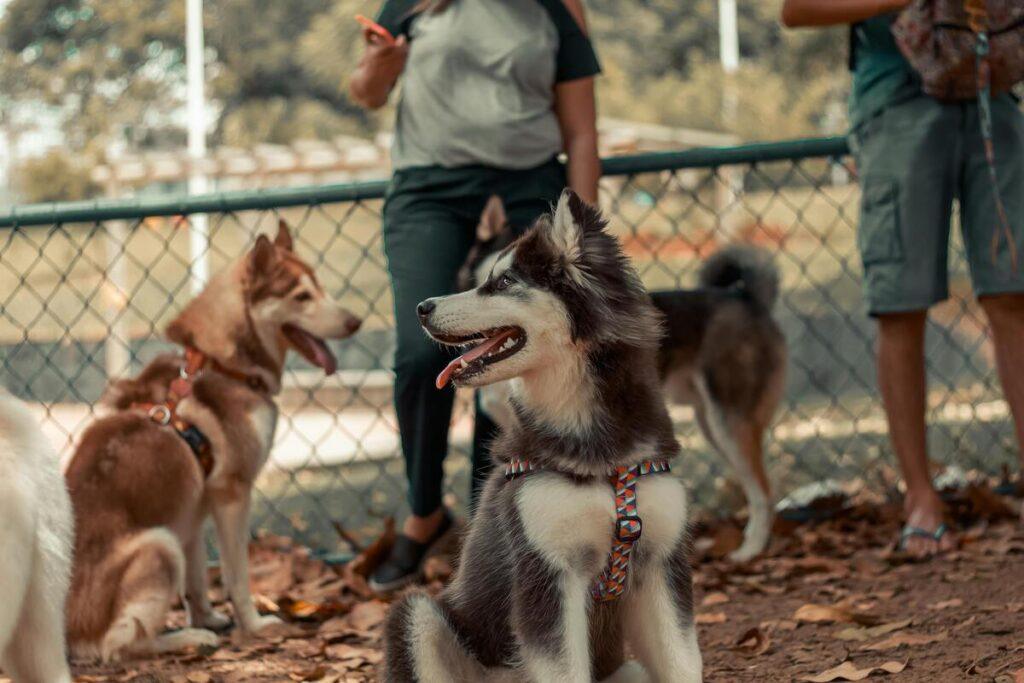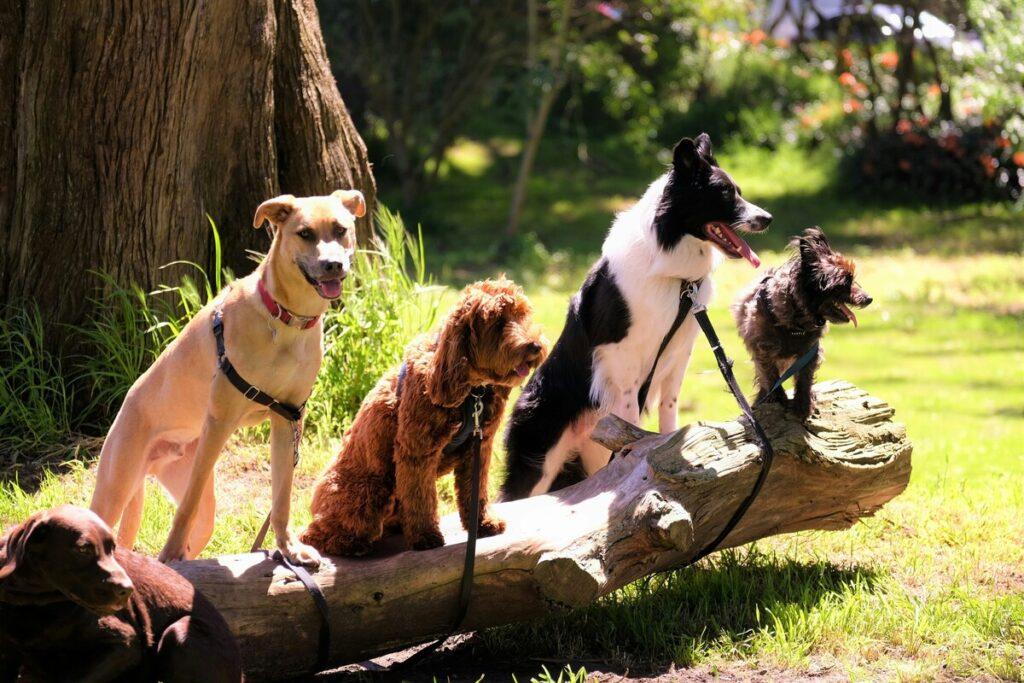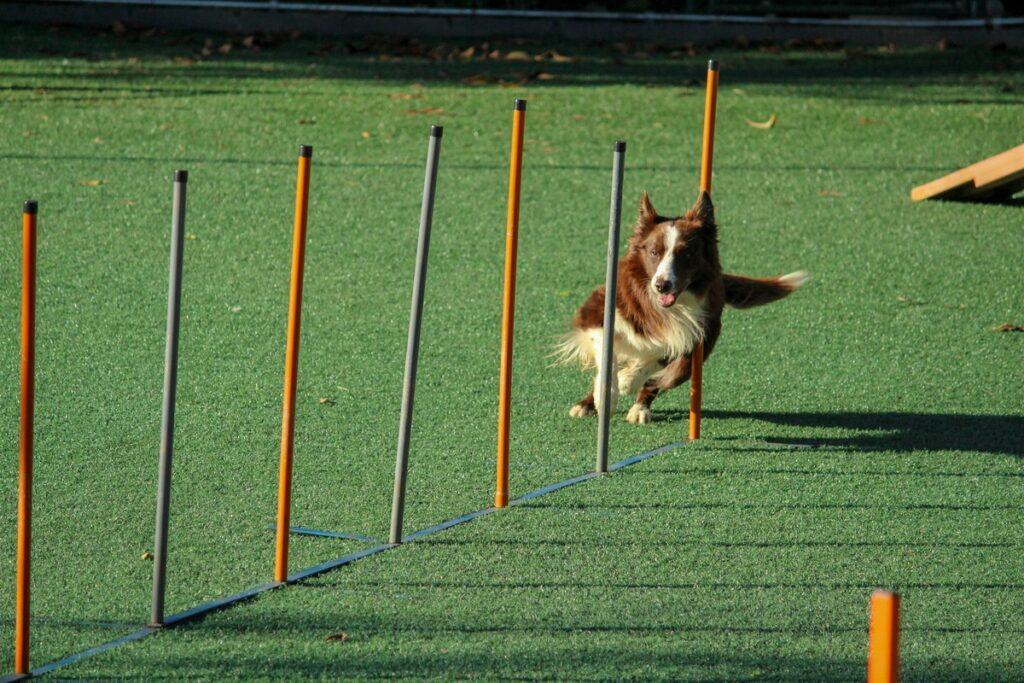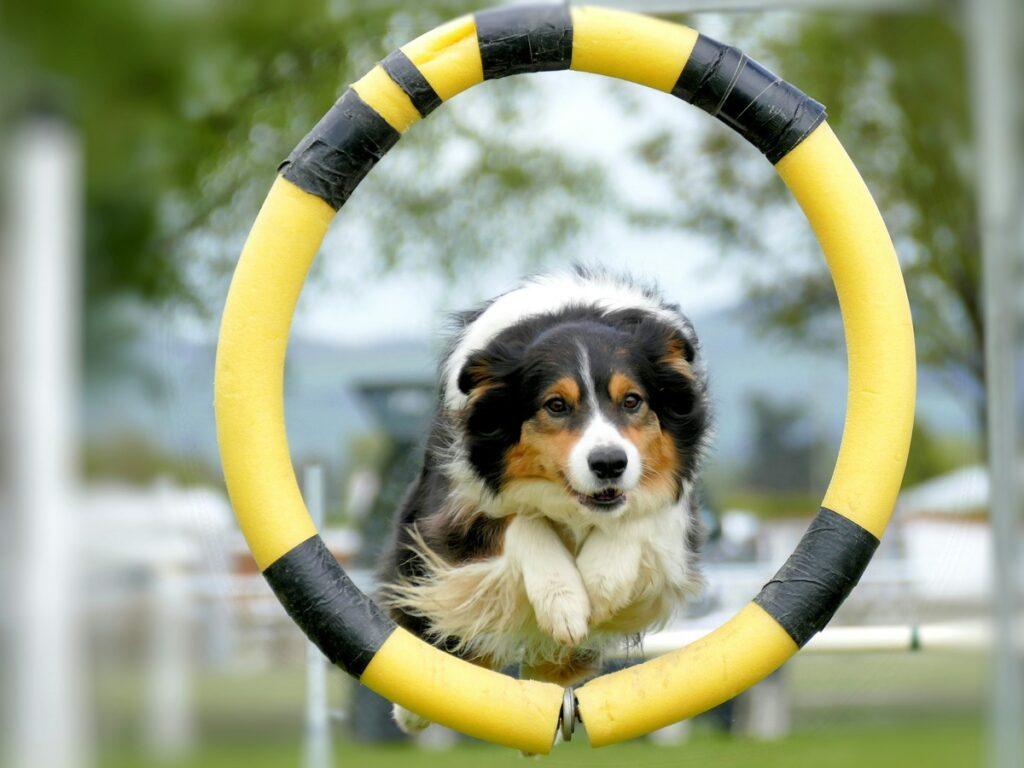How to Socialize a Puppy: The Ultimate Guide to Raising a Confident Dog
Learning how to socialize a puppy is one of the most critical steps in raising a well-adjusted, friendly, and confident dog. From meeting new people to experiencing various environments, early socialization lays the foundation for your pup’s lifelong behavior. If you’re a new dog owner, this step-by-step guide will walk you through everything you need to know to raise a sociable, balanced dog.
When my Labrador puppy, Luna, came home at 8 weeks old, she was timid and easily startled. The sound of a hairdryer would send her scrambling under the couch. But with consistent socialization—daily walks, visits to the park, and plenty of positive interactions—she grew into a calm and sociable dog. That transformation inspired this article—to help others achieve the same confidence in their pups.
Why Puppy Socialization Is Important
Socialization is the process of gently exposing your puppy to the world around them in a positive and safe way. This includes people of different ages and appearances, other dogs, animals, environments, sounds, and textures. The goal is to teach your pup that the world is not a scary place—but rather something to explore and enjoy.
Dogs that are well-socialized during their early development are typically more relaxed, less reactive, and easier to train. According to the American Veterinary Society of Animal Behavior (AVSAB), the most important window for puppy socialization is between 3 and 14 weeks of age. Experiences during this time profoundly shape a dog’s temperament and reactions later in life.
A properly socialized puppy is more likely to become an adult dog who behaves appropriately in new situations—whether it’s greeting guests at home, visiting the vet, or exploring busy city streets. It also helps prevent common behavioral issues such as fear, anxiety, and aggression.
When to Start Socializing Your Puppy
The ideal time to start socializing your puppy is as early as possible, typically between 3 and 14 weeks of age. During this critical window, puppies are naturally more open to new experiences. Waiting too long can result in missed opportunities and increased risk of fear-based behavior.
According to the American Veterinary Society of Animal Behavior, it’s safe and recommended to begin socialization before all vaccinations are completed—as long as exposure is controlled and safe. For example, avoid dog parks at first but visit friends with healthy, vaccinated pets.
If you adopt a puppy that is older than 14 weeks, socialization is still possible but may require more patience and consistency. Older puppies might show hesitation, but positive reinforcement and gradual exposure can still lead to excellent results.
Pro Tip: Begin with low-stress experiences like car rides, meeting calm people, or walking on different textures (grass, wood, concrete). Then slowly build up to busier or louder environments.

Key Socialization Experiences to Prioritize
To successfully socialize a puppy, you need to offer a wide range of controlled and positive experiences that expose them to the diversity of real life. These early experiences will shape how your dog perceives the world as an adult. Focus on the following categories:
1. People: Let your puppy meet people of different ages, races, sizes, and appearances. Encourage interactions with people wearing hats, sunglasses, or using wheelchairs or strollers. Calm, friendly introductions help prevent fear of strangers later.
2. Other Dogs and Animals: Arrange playdates with vaccinated puppies or gentle adult dogs. Visiting farms or meeting cats (if safe) introduces your puppy to non-human social cues and smells.
3. Noises and Sounds: Expose your pup to everyday sounds like vacuum cleaners, doorbells, traffic, and thunderstorms. Use soundtracks if needed. Reward calm behavior to reduce future noise sensitivity.
4. Surfaces and Environments: Walk your puppy on grass, sand, concrete, wood floors, metal grates, and stairs. Visiting parks, parking lots, stores (where allowed), and vet clinics builds comfort in unfamiliar places.
5. Handling and Touch: Get your puppy used to being touched on their paws, ears, tail, and mouth. This helps with grooming, vet visits, and reduces reactivity when handled by strangers.
Pro Tip: Each new experience should be paired with praise, treats, or a favorite toy to ensure your puppy forms a positive association. If your pup seems overwhelmed, take a step back and try again more gradually.
Step-by-Step: How to Socialize a Puppy
Now that you know what to focus on, let’s break down how to socialize a puppy step-by-step. This practical guide will help you build a confident, well-mannered dog using daily exposure, structure, and rewards.
- Step 1: Start at Home – Begin in a calm and familiar environment. Let your puppy explore rooms, different surfaces, toys, and gentle household sounds.
- Step 2: Introduce New People – Invite calm friends and family to visit one at a time. Let the puppy approach at their own pace. Offer treats and gentle petting when they show curiosity.
- Step 3: Controlled Dog Meetups – Schedule playdates with healthy, vaccinated dogs. Use leashes at first to gauge behavior. Always supervise these interactions.
- Step 4: Go for Short Car Rides – Gradually increase duration and destination variety. Make rides fun by ending them at a park or treat stop.
- Step 5: Explore New Environments – Visit quiet sidewalks, pet-friendly stores, and nearby parks. Let your puppy explore and reward calm behavior.
- Step 6: Practice Handling – Gently handle your puppy’s paws, ears, tail, and mouth daily. Mimic vet and grooming procedures.
- Step 7: Use Positive Reinforcement – Pair every new experience with praise, food rewards, or play. This reinforces confidence and curiosity.
- Step 8: Go Slow with Fearful Moments – If your puppy shows fear, don’t force the situation. Instead, remove them calmly and try again at a lower intensity later.
Consistency is key. Socializing a puppy is not a one-day event—it’s a daily practice that pays off for life.
Common Mistakes and How to Avoid Them
Even with the best intentions, many new dog owners make mistakes during the socialization process. These errors can slow down progress or even cause setbacks. Here’s what to avoid:
- Forcing Interactions: Never push your puppy toward people, dogs, or objects they’re afraid of. This can lead to long-term fear or aggression. Let them explore at their own pace.
- Doing Too Much Too Fast: Overwhelming your puppy with multiple new experiences in one day can cause stress. Introduce one or two new things daily to avoid burnout.
- Ignoring Body Language: Signs like tucked tail, yawning, or avoiding eye contact show discomfort. Respect your puppy’s signals and adjust your approach.
- Missing the Socialization Window: Waiting too long to start socialization reduces its effectiveness. Begin early (ideally by 14 weeks), even in small, controlled ways.
- Exposing to Dangerous Situations: Avoid dog parks or unknown dogs until your puppy is fully vaccinated and comfortable in social settings. Safety always comes first.
Pro Tip: Track your puppy’s progress in a journal or app. Celebrate small wins, like a relaxed leash walk or a successful meeting with a neighbor. Progress may be slow, but consistency is everything.
Pro Tips for Socializing Your Puppy Successfully
If you want to take your puppy’s socialization to the next level, follow these expert tips that experienced dog trainers and behaviorists swear by. These small adjustments can make a big difference in your dog’s confidence.
- Keep Sessions Short and Positive: Aim for 10–15 minutes per session. Frequent short exposures are better than long, exhausting outings.
- Use a Puppy Socialization Checklist: Download a printable list of environments, sounds, people, and experiences. Mark them off as your puppy explores each one.
- Reward Curiosity: When your puppy shows interest in something new—like a trash bin or a loud motorcycle—praise and treat them. This builds confidence.
- Observe From a Distance: If your pup is nervous, observe from afar. As they gain confidence, you can gradually move closer.
- Enroll in a Puppy Class: Group puppy socialization classes (led by certified trainers) offer safe peer interaction and teach you proper handling skills.
Bonus Tip: Don’t stop after the first few months. Continue reinforcing social behaviors throughout adolescence and adulthood to prevent regression.
Final Thoughts
Learning how to socialize a puppy isn’t just about avoiding bad behavior—it’s about giving your dog the best possible start in life. A well-socialized puppy grows into a calm, confident, and friendly adult dog who thrives in any situation.
Whether you’re introducing your puppy to your neighborhood, other dogs, or the sights and sounds of the world, remember: patience and consistency are your best tools. Make every interaction positive, go at your puppy’s pace, and don’t hesitate to seek help from a trainer if needed.
For a deeper dive into early socialization and developmental stages, check out the official AKC Puppy Socialization Guide.
If you enjoyed this guide, check out our articles on potty training and clicker training to continue building a strong bond with your pup. 🐾
Frequently Asked Questions
A: The ideal time to begin socialization is between 3 to 14 weeks of age, when puppies are naturally more accepting of new experiences.
Q: Can I socialize my puppy before vaccinations are complete?A: Yes, early socialization is crucial and can be done safely in controlled environments with healthy, vaccinated dogs.
Q: What happens if I miss the socialization window?A: While it may take more time and effort, socializing older puppies is still possible with patience and consistency.
Q: How do I know if my puppy is overwhelmed?A: Signs include tucked tail, whining, avoiding eye contact, or trying to hide. If you notice these, slow down and reduce stimulus.
Q: Are puppy classes worth it?A: Yes, structured puppy classes led by professionals offer controlled environments and improve your puppy’s social skills.



